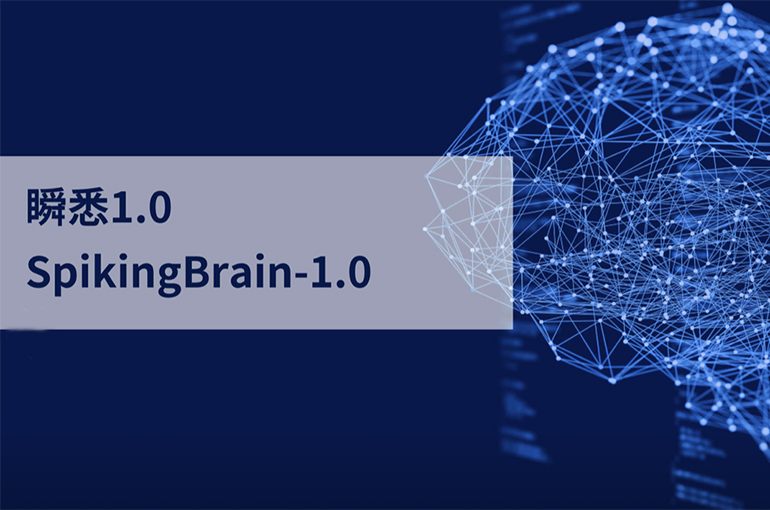Developer Offer
Try ImaginePro API with 50 Free Credits
Build and ship AI-powered visuals with Midjourney, Flux, and more — free credits refresh every month.
Chinas Brain Inspired AI Takes On ChatGPT

In the rapidly evolving world of artificial intelligence, a new contender has emerged from China, challenging the dominance of models like ChatGPT with a radically different approach. Researchers have introduced SpikingBrain, a large language model inspired directly by the architecture of the human brain.
Introducing SpikingBrain A New Frontier in AI
Developed by a team led by Li Guoqi and Xu Bo at the Institute of Automation under the Chinese Academy of Sciences, SpikingBrain isn't just another large language model. It represents a potential paradigm shift, moving away from the power-hungry transformer models that currently dominate the landscape. This innovative model promises to deliver powerful reasoning capabilities with significantly greater energy efficiency.
The project was brought to life using hundreds of graphics processing units (GPUs) from Shanghai-based chipmaker MetaX, demonstrating a significant step in AI development.
How Brain Inspired AI Bypasses Transformer Models
Unlike mainstream systems such as OpenAI’s ChatGPT or Google’s BERT, which are built on transformer architecture, SpikingBrain takes a non-transformer path. Xu Bo, director of the institute, described it as a development that "might inspire the design of next-generation neuromorphic chips with lower power consumption."
But what does this mean in practice? Transformer models require immense computational resources to function. SpikingBrain, however, relies on event-driven spiking neurons. This design mimics the brain's own efficient signaling system, where neurons are activated only when needed, allowing the model to be trained on remarkably smaller datasets.
Unpacking the Efficiency of Spiking Neurons
The results of this brain-inspired approach are impressive. SpikingBrain was able to match the performance of several open-source benchmarks in language and reasoning tasks while using only about 2% of the pre-training data consumed by its mainstream counterparts.
This efficiency comes from its use of spike-based thresholds instead of the dense attention mechanisms found in transformers. This allows for incredibly fast and sparse computation. For instance, when tasked with processing a one-million-token input, one version of SpikingBrain generated the first output token nearly 27 times faster than a comparable transformer model.
Future Applications for Ultra Long Sequence Processing
SpikingBrain's advantages shine particularly bright when handling ultra-long sequences of text. This capability makes it exceptionally well-suited for specialized fields that require deep analysis of extensive documents.
Potential applications include:
- Legal and Medical Analysis: Sifting through complex case files or medical research.
- High-Energy Physics: Analyzing vast datasets from scientific experiments.
- Genomics: Modeling and understanding long DNA sequences.
By offering a more sustainable and speedy alternative, SpikingBrain paves the way for a new generation of AI that is not only powerful but also efficient.
Compare Plans & Pricing
Find the plan that matches your workload and unlock full access to ImaginePro.
| Plan | Price | Highlights |
|---|---|---|
| Standard | $8 / month |
|
| Premium | $20 / month |
|
Need custom terms? Talk to us to tailor credits, rate limits, or deployment options.
View All Pricing Details

